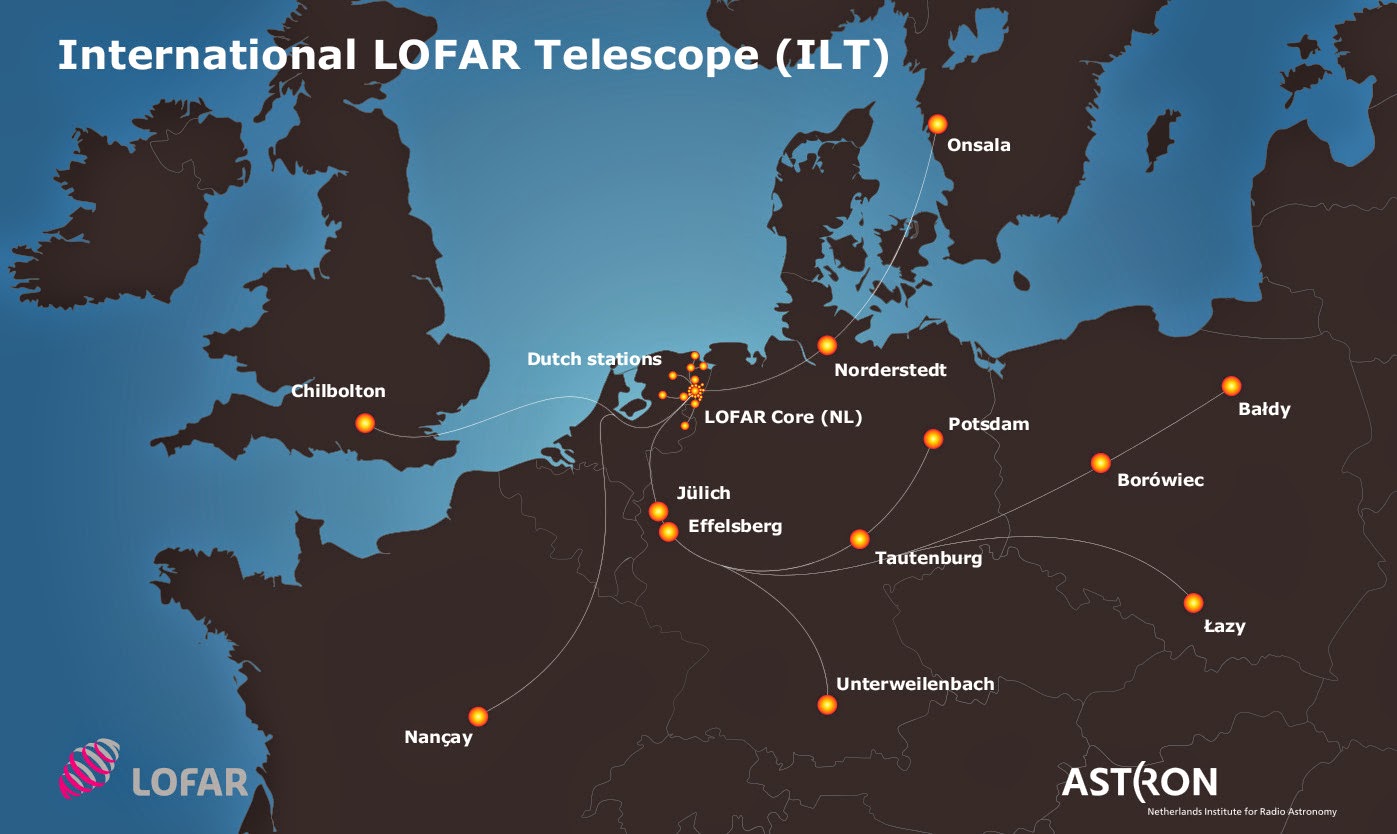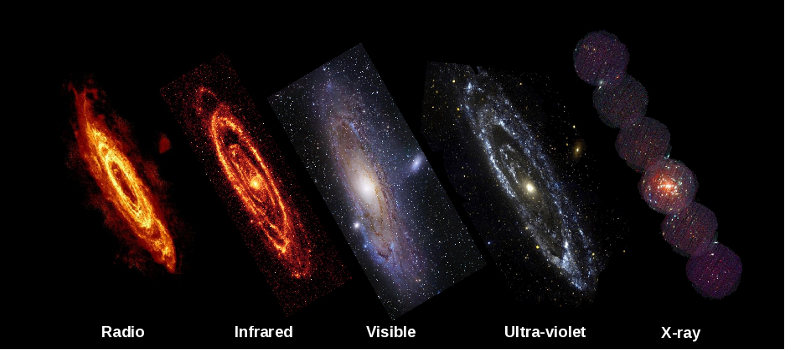Section 5.3.2: What is the future of radio astronomy?
The future of radio astronomy
Recently, the Low Frequency Array (or LOFAR) was inaugurated in Europe, which will operate with the lowest frequency (longest wavelength) radio waves. When completed, it will consist of 5000 separate antennas organized into stations, spread all over Europe, including the UK.

Locations of LOFAR stations (credit: ASTRON/LOFAR-UK)
ACTIVITY: Watch the following video, which describes the first UK station in Chilbolton, Hampshire.
LOFAR ChilboltonVideo player: jodcast-lofar.mp4(credit: STFC/SEPnet)
Take a look at this video of David Bacon from the University of Portsmouth, explaining the LOFAR project.
Currently a global project to build an enormous radio telescope is under construction. The Square Kilometre Array's (or SKA) radio telescopes will have a total collecting area of (you guessed it) one square kilometre. In fact SKA will have two installations – one in South Africa and one in Australia.
ACTIVITY: Learn more about the SKA project in the following video.
SKAVideo player: SKA2_lowres.mov.output.29203600.mp4(credit: SKA organization)

